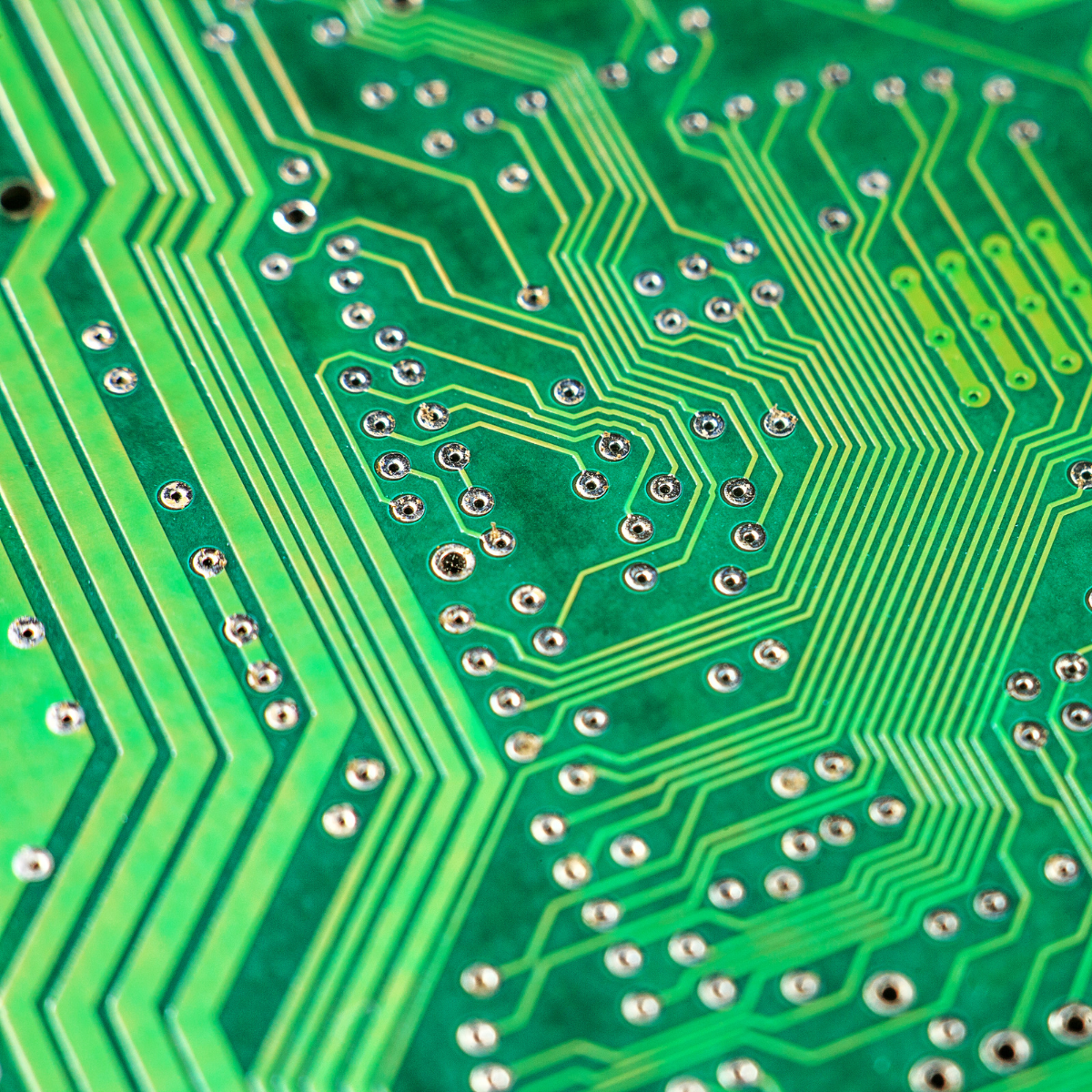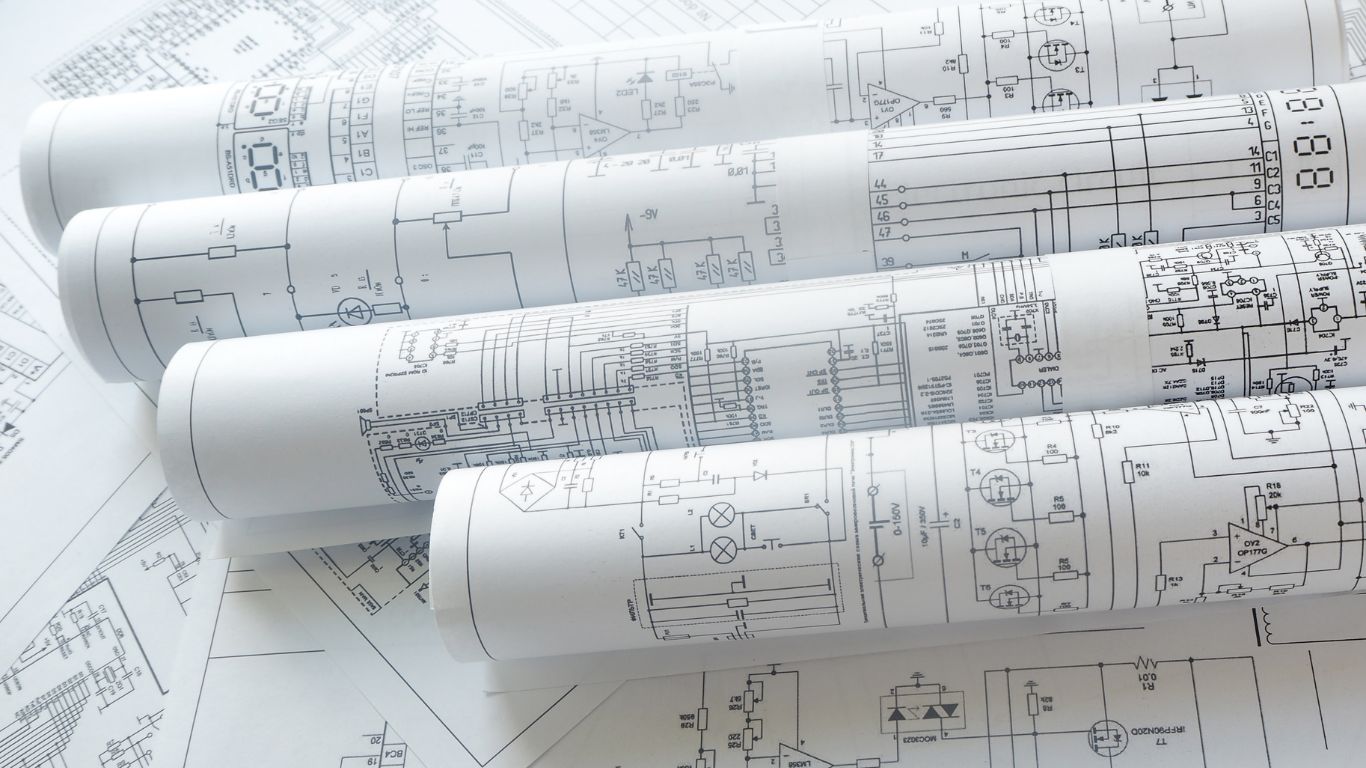Mastering the Art of PCB Design: A Comprehensive Guide

PCB Design – In the rapidly evolving landscape of electronics, the importance of Printed Circuit Board (PCB) design cannot be overstated. From powering everyday gadgets to driving complex industrial machinery, PCBs serve as the backbone of modern electronics. This comprehensive guide delves into the intricacies of PCB design, exploring key concepts, best practices, and the role of innovation in shaping the future of electronic circuits.
.Understanding the Basics
Navigating the fundamentals of PCB conception is crucial for crafting reliable and efficient electronic systems. This section covers the essential elements, such as the anatomy of a PCB, the role of components, and the significance of layering in the design process.
Choosing the Right Software
Selecting the appropriate design software is a critical decision that significantly influences the outcome of a PCB project. This segment discusses popular PCB software tools, their features, and considerations for making an informed choice based on project requirements.
Designing for Performance and Reliability
Achieving optimal performance and reliability requires a deep understanding of design considerations. From trace routing and component placement to power distribution, this section outlines best practices for ensuring the functionality and longevity of the PCB.
Innovations in PCB Technology
The world of PCB design is constantly evolving, with innovations shaping the landscape. Explore the latest trends, such as flexible PCBs, advanced materials, and the integration of Internet of Things (IoT) capabilities, offering insights into the future of electronic design.
Overcoming Common Challenges
Even seasoned designers encounter challenges during the PCB conception process. This part addresses common hurdles, including signal integrity issues, thermal management, and techniques for mitigating electromagnetic interference (EMI).
Prototyping and Testing
Transitioning from design to reality involves prototyping and rigorous testing. Learn about prototyping methods, the significance of simulation tools, and the importance of thorough testing to ensure the functionality and reliability of the final product.
Collaborative PCB Design in the Digital Age
The advent of collaborative tools and the ability to work remotely have transformed the landscape of PCB design. Explore how teams can collaborate seamlessly, irrespective of geographical boundaries, fostering innovation and efficiency.
Conclusion
In conclusion, mastering PCB design is a journey that combines technical expertise, creativity, and a commitment to staying abreast of technological advancements. As we look towards the future, the role of PCBs in driving innovation across industries remains pivotal. Whether you are a seasoned designer or a novice exploring the world of PCBs, embracing best practices and staying informed will undoubtedly lead to success in the dynamic realm of electronic design.
Ready to embark on your next PCB project? Let RemoteTechHub be your partner in innovation. Our team of experts is equipped to turn your concepts into reality, ensuring precision, reliability, and efficiency. Request a quote today…




